Berlin part 1 (12/9-19/9)
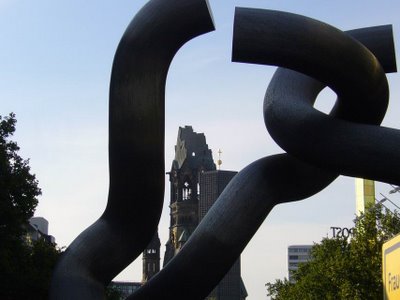
So after a day of travelling, including a very long wait to go through security in London (yes, after throwing away my deadly lip balm), I arrived in Berlin. The first four days were spent in Charlottenburg, a funky area in the old West with lots of restaurants, bars, and close to the Kurfurtesdamm shopping street. The conference was the 7th European Conf. on Residual Stresses, and was dominated by technique geeks less interested in what they were measuring but how they were doing it. I had stayed just around the corner of where we were the first time I was in Berlin in 2000. Maybe that's why I don't have any pics of it, which is a pity. It was a gentrified, leafy area with lots of al-fresco dining especially around Savinyplatz. Italian restaurants seem to be everywhere there, with 'german food' being a bit like 'swedish food' in Sweden - hard to get except at touristy places.
The top pic is pic of the West, looking at the Kaiser-Willhelm Gedächtniskirche on Ku'damm. It was partially destroyed in WW2, and left preserved in its ruined state as a reminder of the destruction.
The ominous looking Volksbuhne theatre across the road from the hostel

After the conference I moved to a hostel in Mitte, in the old East of Berlin. There was a very noticeable difference in the outlook of the east vs the west - more grafitti, more rundown buildings, and more concrete. But there are also pockets that have been renewed, and look just like the west. That's one of the cool things that I really enjoyed there. I spent 3 days just walking and cycling around the town, basically aimlessly, just taking in the sights, finding pockets of life and cafes and restaurants amongst the suburbs.
Oranienburgerstrasse, one of the main nightlife streets in Mitte, ie the place that everyone tells you to go to. Full of restaurants and sidewalk dining, with bars caipirinhas aplenty, it has that well developed feel about it. The night I was there there were also English-speaking hookers spaced about 20m apart along the whole street - a sign of where those with the money (ie tourists) hang out.
One strange thing that needs to be mentioned though, is the way the Germans sit on sidewalk cafes to watch people go past, precisely, in rows, directly facing the street, almost like they were sitting in a theatre. They don't point their chairs towards each other or anything, just everyone is facing the street. I kept feeling like saluting each time I walked past a cafe, as if I was on parade.
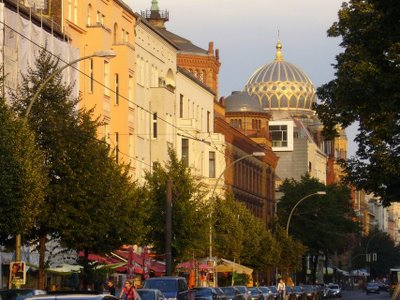
Around Mitte

The Neue Synagogue and Judaicum, first built in 1866. Apparently a local police chief convinced the Nazis not to burn it down, and they used it for storage. It did get nearly ruined, though the husk remained and was rebuilt and reopened in 1995.

Hackescher Markt, near Oranienburgerstrasse. Another popular center for eating and street entertainment at night.
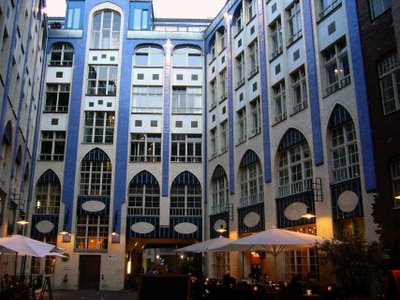
The Bode Museum, at the end of the museum island
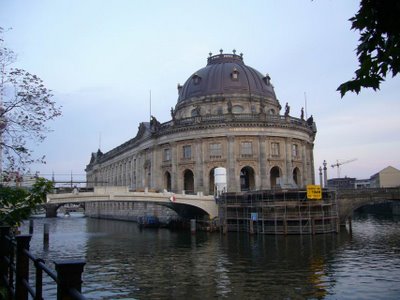
My plan for Berlin was simple - just hang out and enjoy being in a big town for a while, and catch as much live music as possible. First night was at Schlott, a jazz club with a dedicated but small crowd who had come to see, and listen seriously to Florian Poser's Brazilian Experience - a mix of German and musos from Brazil who seem to be now based in the US. The music was great, but a bit too mellow for my tired brain, so despite the unbelievable drummer I started nodding off during the slow songs, and didn't hang around too long. Check out the live track Excitation at http://www.florian-poser.de/brazilian.html
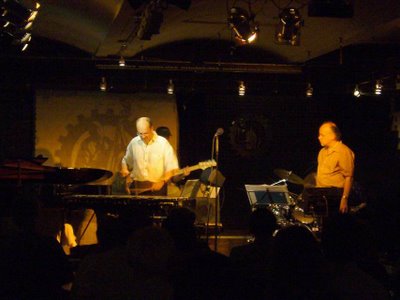
Friedrichshain. This is where all the action is moving to. Mitte is old news, but F'shain, a little further away, hasn't quite seen all the action happen yet, so it still has a bit more authenticity about it. It all started when Universal Music (below) moved their studio there.

A section of the wall remains at the East Side Gallery.
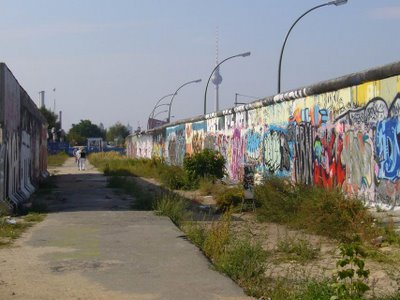
Someone can translate this for me. Much of the painting on the remaining wall is not original, with a lot of new art made over the last few years, and lots of sections with torists adding to it. I don't know if these should be protected or not, but it woud have been interesting to see what was on there before the wall came down. Even though I wouldn't have understood any of it.

Cassiopeia, a bar I ended up at that seems to be part of some sort of commune The turret is the top of an old cylindrical building now used for rock climbing on the outside. There was also an indoor skate park, and what seemed to be like a tiny art market and several artists living there.

Some statue dedicated to the victory against the Spanish in 1936-39?

Karl-Marx Allee, the wide boulevard created by the east's government to be the pride of Berlin, a match to Kurfurtesdamm. This is where they held all the military parades with guns and tanks with thousands of worker's paradise housing built along the side.

Some building detail - remember you can click to enlarge any pic
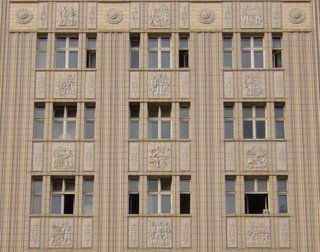
When I was there in 2000 the whole east was a major reconstruction site, and the process still goes on. Here is a square near Karl-Marx Allee. Mostly though, as seen before, it happens to prominent buildings and facades.

Artwork on scooter and wall

Mauer Park (Wall Park). Bits of the wall remain, and nearby was a massive flea market. There was lots of junk for sale, some 'authentic' GDR souveniers, and some new stuff too. I only bought a fishermans hat for 1eur, that was a size too small, but the sun meant I needed it and no other chea hats were for sale.


Museum Nikolaikirche, Berlin's oldest church dating fromt the 1200's. By the way, I didn't go into to almost anything this time in Berlin. Including this.
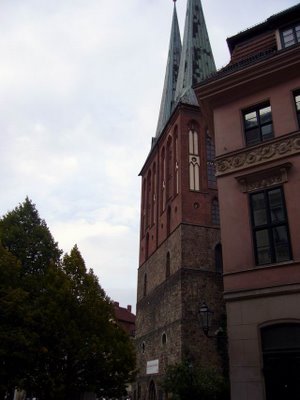
Konserthus - Gendarmenmarkt

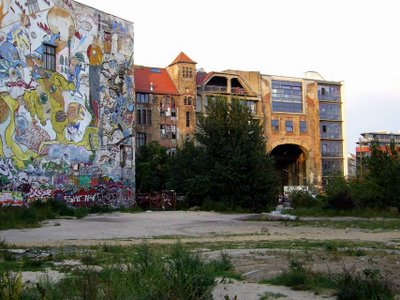
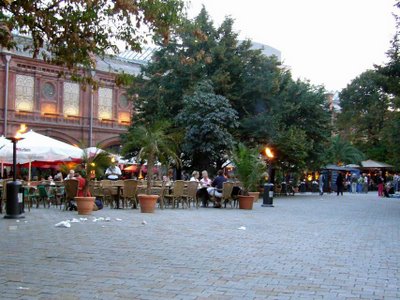
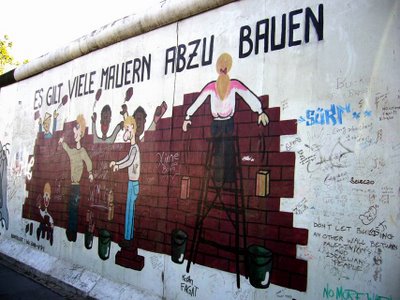
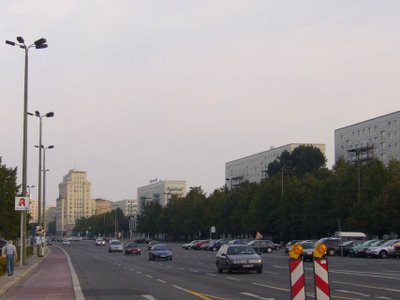

0 Comments:
Post a Comment
<< Home